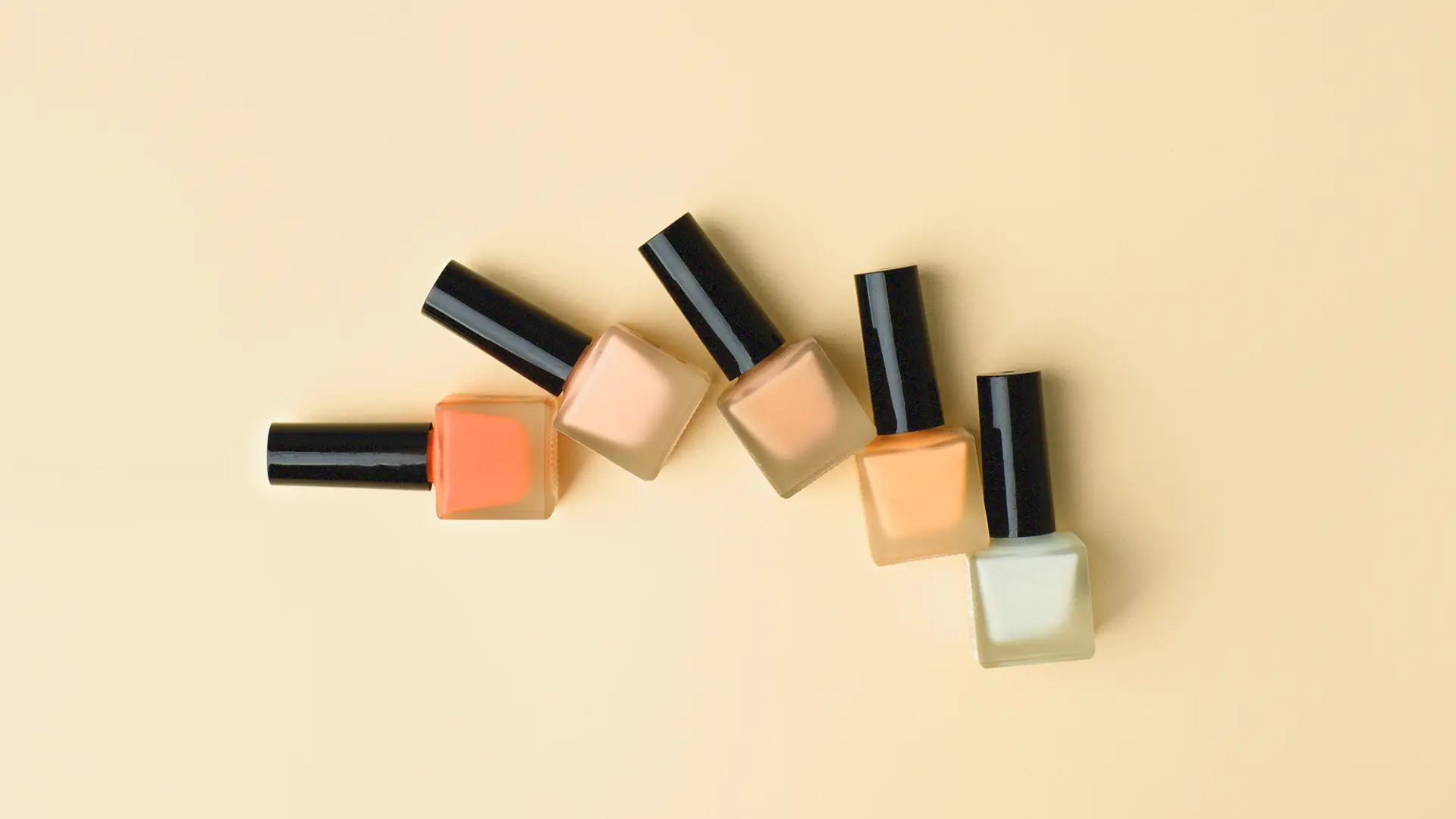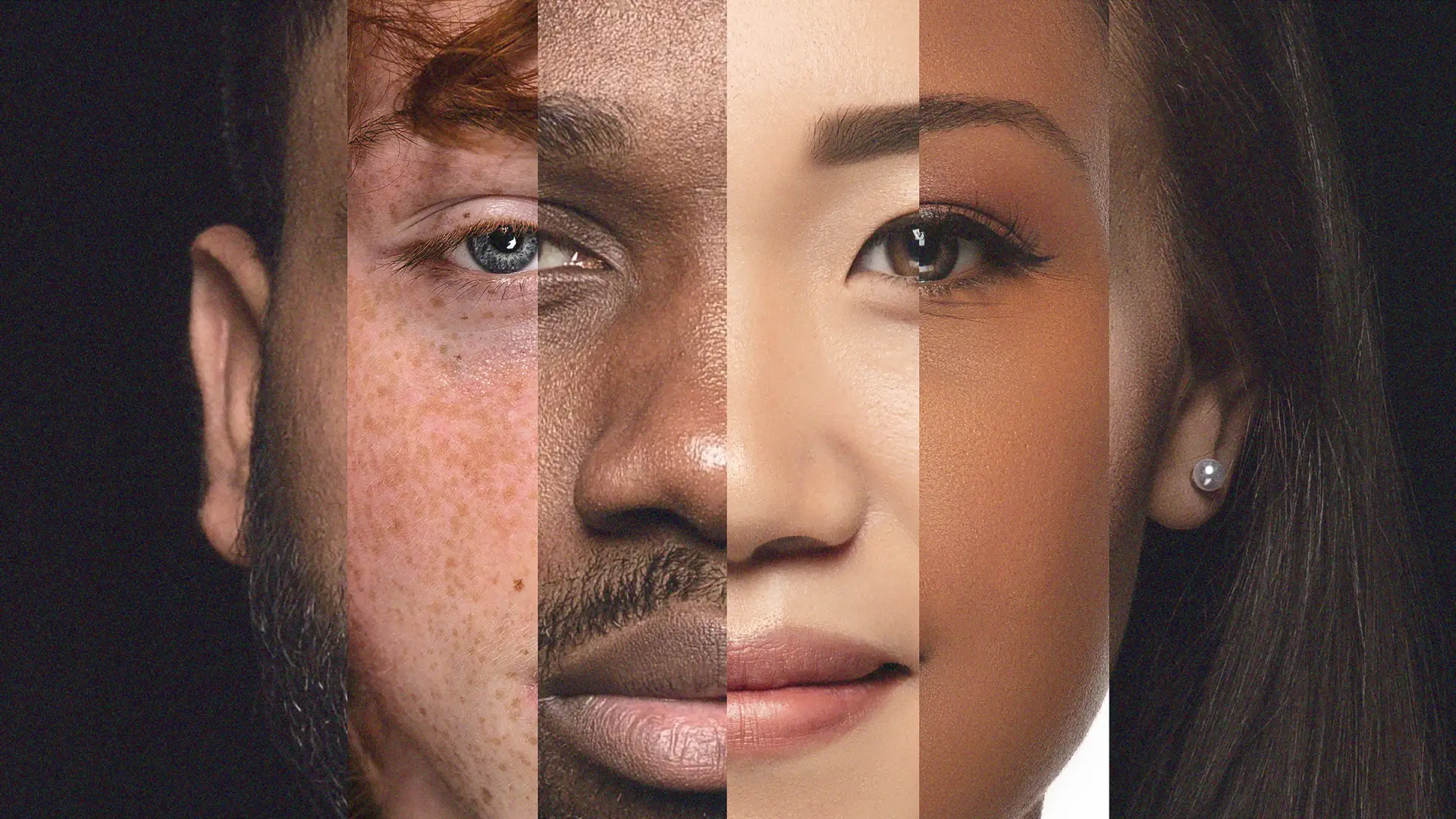

Key Takeaways
- Successful collaborations require that the brands get very well acquainted with one another to see where their values, audiences, and benefits to customers align or differ.
- If two parties have similar core values, they can still be compatible as collaborators if they have different price points, different use cases for products (or industries), and different audience demographics.
- The human element of a brand collaboration (or the lack thereof) is immediately apparent and can make or break how the launch is received.
- Partnering with brands (including celebrity brands) often equates to higher customer trust and perceived credibility.
Listen: Great brand collaborations are the best to strengthen identity.
A successful collaboration between brands is akin to a successful romance. The brands share aligned values while spending time and effort getting to understand their own and the other's likes, dislikes, and nonnegotiables. Ultimately, there's an indescribable chemistry that just makes sense. You intuitively know it from the moment you see it—and vice versa. A failed collaboration feels forced. Let's be honest: Sometimes, it even makes you instinctively cringe.
Yet, in our world of never-ending trends, new arrivals, and overconsumption, it seems there's a new fashion collaboration dropping every other day. There are plenty of great business reasons for brands to collaborate. Partnering with other brands allows both parties to reach new audiences, generate hype and offer novel products or experiences, address adjacent needs of brand loyalists, create a new revenue stream—the list goes on.
However, there's a certain human element to a successful brand collaboration that can't be entered into a spreadsheet. You need to be able to understand what drives your customers and similar audiences at their core. Successful collaborations with other brands unlock new and different ways to serve them.
Make accessible brands feel magical
A high-end designer partnering with an accessible retailer is arguably the most tried-and-true way for brands to collaborate with near-guaranteed success and skyrocketing sales. Arguably, the best fashion brand collaboration of 2024 in this category goes to the Gap x Cult Gaia collection, which launched on Oct. 10.
The collaboration was so successful its launch marked the highest day of website traffic in Gap's history. In an interview with Fox Business, Cult Gaia's founder Jasmin Larian Hekmat shared even more outstanding results from her capsule collection with the iconic American retailer. Gap x Cult Gaia's sales beat their forecasts by 400% and had an 80% sell-through within the first 5 days.
Gap might have already been on its way to becoming “cool” again, thanks to the appointment of Zac Posen as Creative Director in Feb. 2024. Yet, this collaboration could be said to have achieved such stellar success due to the collaborators' overlooked yet overlapping brand pillars. At their core, both Gap and Cult Gaia were founded to celebrate construction in fashion—and had items go viral on TikTok circa 2021. Cue dupes for Cult Gaia's Serita dress everywhere and confused millennials seeing their Gen Z counterparts sporting their Gap logo hoodies like we were back in the early aughts.
Ultimately, what's important to the Cult Gaia customer and the younger Gap loyalists aren't too different. They just serve different needs (and budgets) for their customers. One might be looking for a staple going-out dress or accessory, while the other is seeking the perfect everyday jeans and tee. Yet, both customers are seeking items with long-term wearability and versatility.
H&M—a pioneer and longstanding champion of this strategy—has proven that devotion to true end-to-end collaboration can result in magic, even if the partners have opposing core customers and price points. When H&M x Mugler dropped in May 2023, shoppers lined up around the block waiting for the store to open on launch day. The H&M website crashed, with items selling out in minutes. The reasons behind the hype were clear:
- The unbeatable prices with designs that were true to Mugler's aesthetic (with options that could be considered “dupes”) made for lovers of the brand and fashion enthusiasts alike.
- It offered accessibility to one of the fashion world's most praised creative directors, Mugler's Casey Cadwallader.
- Finally, there is a taste of Mugler with inclusive sizing options (the H&M x Mugler offered sizes from XS-XL or sizes 2-16 U.S.).
Aside from the hype, like Gap x Cult Gaia, the success of the collaboration can be pinned to its authenticity to both brand collaborators. Editors who tested the collection raved about how surprised they were by the (good) quality and fit of the items—an expectation of a luxury brand. Even more, H&M x Mugler pieces felt aesthetically similar to the original Mugler designs. In a successful fashion brand collaboration, the resulting collection should highlight the strength of—not feel like a compromise between—both contributors.
Merge creativity and wearability
Finding ways to amplify the strengths of both brands is the hallmark of a successful one-time collaboration. And there's no more surefire way to discover this sweet spot than when you combine two universally cherished customer values: style and comfort. So, it's not surprising that many—both one-off and ongoing—successful brand collaborations are between designer houses and legacy athletic brands.
One of the beautiful benefits of this collaboration strategy is that it reaches customers across price tiers—from mass market to luxury clientele and everyone in between. Most successful ongoing brand partnerships in this space involve collaborations between a mass market and an accessible luxury brand. Think: adidas x Stella McCartney, Nike x Jacquemus, and Champion x Rick Owens. Often, these collaborations focus on footwear—likely because mass-market shoppers see the value in this purchase. One pair of more fashionable investment sneakers will yield a much lower cost-per-wear than an item of clothing they can only wear once in their regular outfit.
Yet, there's been a surprising rise in designer brands collaborating with mass-market lingerie and shapewear brands in the past few months. The most notable example from 2024 was the internet-breaking Dolce&Gabbana x SKIMS collection, which launched on Nov. 19. Shoppers were so hyped about the collaboration that it crashed the website. In addition to the merchandise sales (the stock sold out within minutes), the modeling campaign earned Kim Kardashian over $3 million in media exposure in just 48 hours. The collection was so popular that the SKIMS team decided to restock it only a week later.
Another hyped-up, yet more niche, collaboration in this category was the Nenski Dojaka x Calvin Klein collaboration. Unlike the Dolce&Gabbana x SKIMS collaboration, this partnership leaned into the fashion—rather than the celebrity—element as the novelty appeal of the collection. Aside from the high-fashion designs themselves, this collaboration offered non-luxury shoppers a way to own something straight off the London Fashion Week runway. While both collections drew plenty of attention and sales, the difference in these strategies raises an important question. When does a celebrity help or hurt a brand's image via a brand collaboration?
The art of nailing or failing celebrity collaborations
Unlike other brand partnerships, a celebrity brand collaboration requires even more discernment. According to a 2024 study conducted by casino.org, 81.8% of customers say celebrity brand deals lack credibility. In addition to this general consumer distrust among celebrity partnerships, a collaboration with a celebrity is a partnership with both a brand and a real-life human. Like any human being, a celebrity will inevitably make mistakes, have certain personality traits, or make certain life choices that are off-putting to some customers. Their lives are always put under a microscope and picked apart. So, brands should expect these criticisms to infiltrate the perception and sales of their collaboration with any public figure.
The most poignant (and timely) example of a celebrity beauty collaboration gone wrong is the Rhode x Matilda Djerf collaboration. The Hailey Bieber-led brand partnered with the mega influencer to launch an exclusive holiday-themed lip peptide treatment on Dec. 4. Yet to Rhode's misfortune, only a week after this debut, Matilda Djerf was effectively “canceled” once the toxic workplace culture at Djerf Avenue (a fashion label co-founded by Djerf and her partner, Rasmus Johansson) came to light. Nearly overnight, Djerf became the most-hated influencer-turned-fashion brand CEO on the internet following a report and corresponding documentary released by Sweden's Aftonbladet.
Rhode swiftly took down the collaboration from their homepage, and it appears to have vanished from the website entirely. Yet, the initial Instagram posts announcing the collaboration remain live on Rhode's feed. So, while Rhode and Matilda Djerf's collaboration appears to be a match in marketing heaven (just look at how similar their audiences are here), this example shows how a likely successful partnership with a public figure can easily be ruined by human fallibility. Nevertheless, it's important to note that Rhode is a successful celebrity brand in its own right—which highlights how non-celebrity-backed brands can favorably collaborate with celebrities and public figures. (Hint: We believe it's the future celebrity x brand partnership playbook.)
The outlook for a standalone celebrity-brand partnership seems grim. However, there appears to be a growing (and fruitful) trend. Instead of profiting off of celebrity's likeliness, they're hedging their bets and piggybacking off their success, credibility, and name recognition within the fashion and beauty space.
Collaborations with celebrity-founded labels that share similar aesthetics, audiences, and values are a revenue and marketing gold mine for brands. The third Khy x Entire Studios collaboration, which dropped on Dec. 12, epitomized the future of successful celebrity brand partnerships. Exclusively available on khy.com, the Kylie Jenner-led brand sold out one of the collaboration's outerwear pieces within a day. While this shaggy faux fur pullover is certainly on-trend and on-brand for both collaborators, we can't ignore that it's also the jacket worn by no one other than Kris Jenner in the brand's Instagram post announcing the drop. Here are some of the reasons the (ongoing) Khy x Entire Studios partnership is thriving:
- Both brands (and Jenner herself) remain true to their minimalist streetwear style.
- The collaboration celebrates the best of the Entire Studios' aesthetic and the Kardashian-Jenner marketing machine.
- Their partnership feels organic. Kylie Jenner and Kim Kardashian were both spotted wearing some of the first pieces from Entire Studios following its debut in 2020.
- Its price point hits the sweet spot for both collaborators: The Khy x Entire Studios capsule collections are at the top of the Khy price range while sitting at the bottom—yet comfortably in—the price range that's typical for Entire Studios' core pieces.
- Both brands follow a drop model, which offers familiarity and an intuitive shopping experience for both audiences.
Some of the best celebrity brand collaborations derive from existing ties between the celebrity founder and the brand. Just look at the praise received by the series of FENTY x PUMA Avanti launches, with the latest drop on Oct. 17. Rihanna has been spotted wearing Puma sneakers while out and about for years. Plus, she proved her value-add to the brand when she first partnered with the German athletic label in 2015. In the same year, PUMA's earnings grew by 17%—an increase that executives believe was driven by women's apparel and footwear sales.
A brand collaboration is a product of storytelling, not (blatant) upselling
Ultimately, successful brand collaborations are built on mutually shared values and customer bases that prioritize them when shopping for new items. Each party needs to consider the main reasons their audiences engage and buy from their brand and how the other collaborator offers a new dimension to this unique value proposition. This new dimension can be anything from:
- Expanding the brand's universe to a broader customer segment.
- Offering a new product with a different use case to the same demographic.
- Introducing a new product to a similar audience or vice versa.
Yet, while “lookalike” audiences are a favorable sign, there's a human element to every collaboration that should feel organic and palpable—not contrived or riddled with controversy. Once you identify the value that each collaborator adds, both brands need to hone in on where their values, aesthetics, and price points meet. This foundation serves as the backbone for a successful product (assortment) launch and should have equally aligned surrounding marketing efforts. The collaboration must feel thoughtful and genuine—not like the product of a white-labeling service. A successful brand collaboration appears like the tangibility of a co-created story and mutual brand-building efforts, not a shallow means to temporary profitability.
Related

Consumer demand and policy are driving EV market growth.
Development & Technology, Insights & Trends, Automotive

Are you missing opportunities to improve health screenings?
Design & Experience, Marketing & Creative, Health

Prepare your business for enterprise agentic AI now.
Development & Technology, Insights & Trends, Technology





